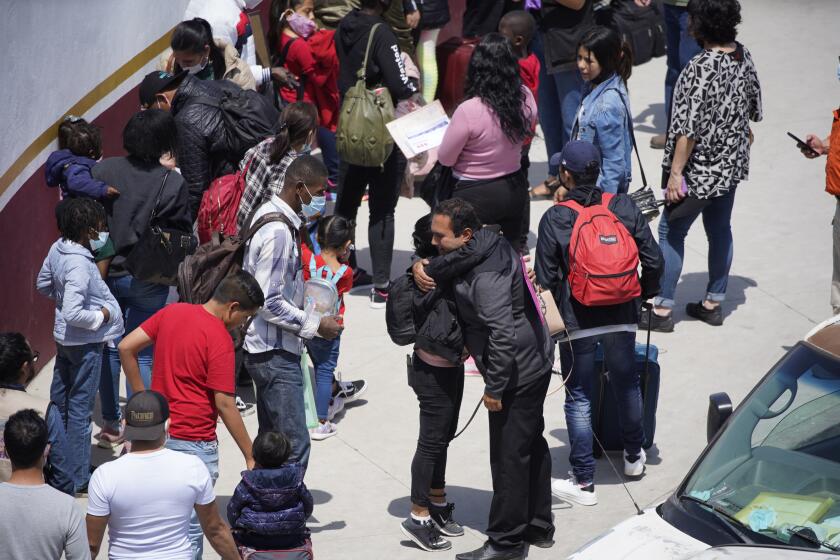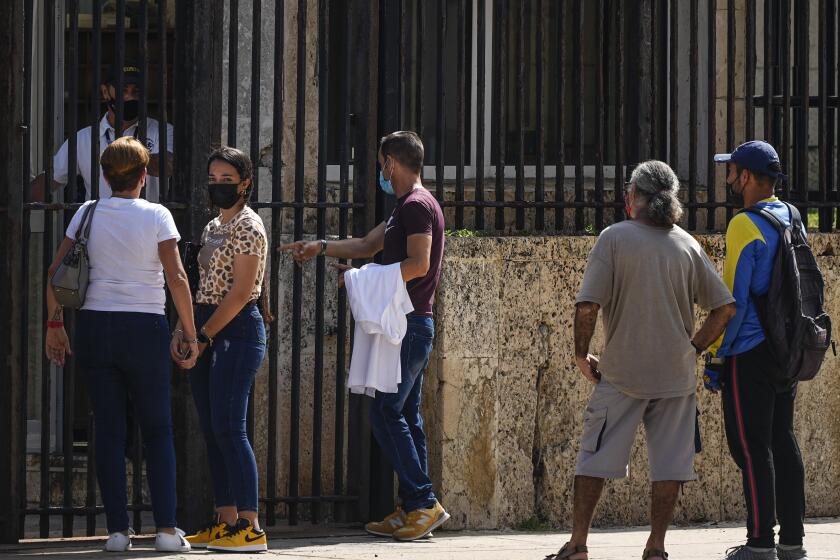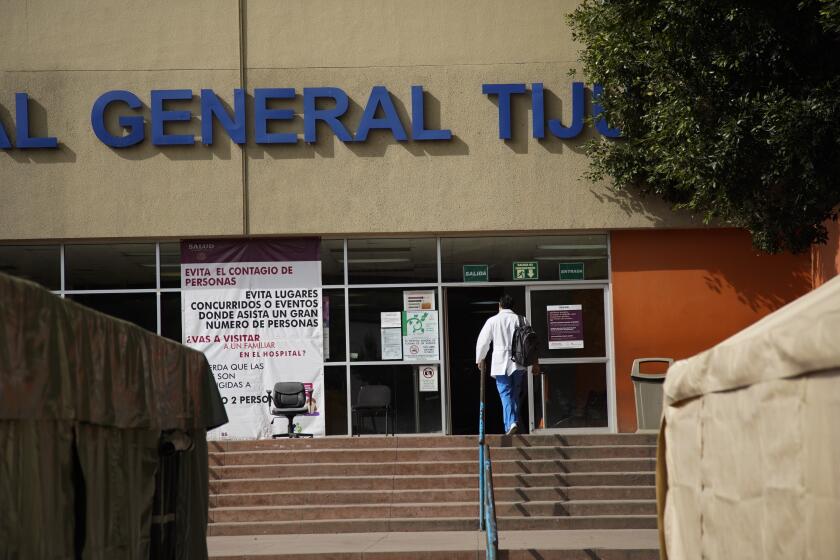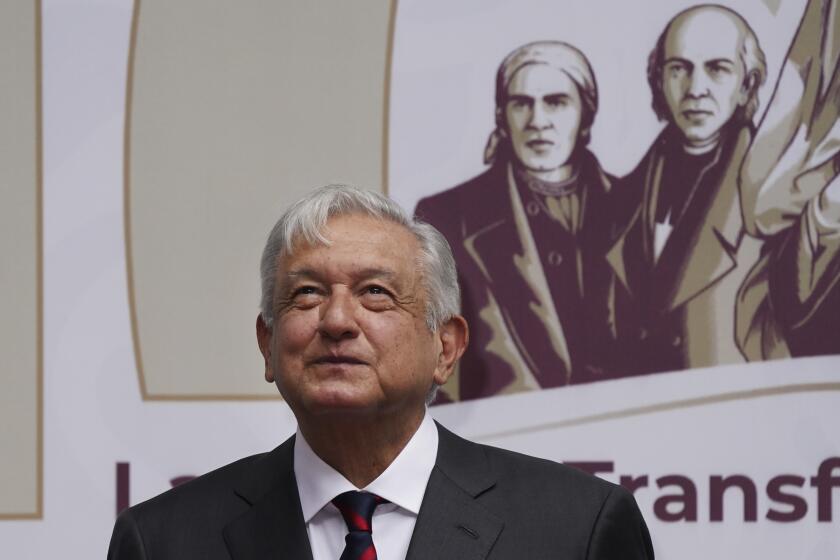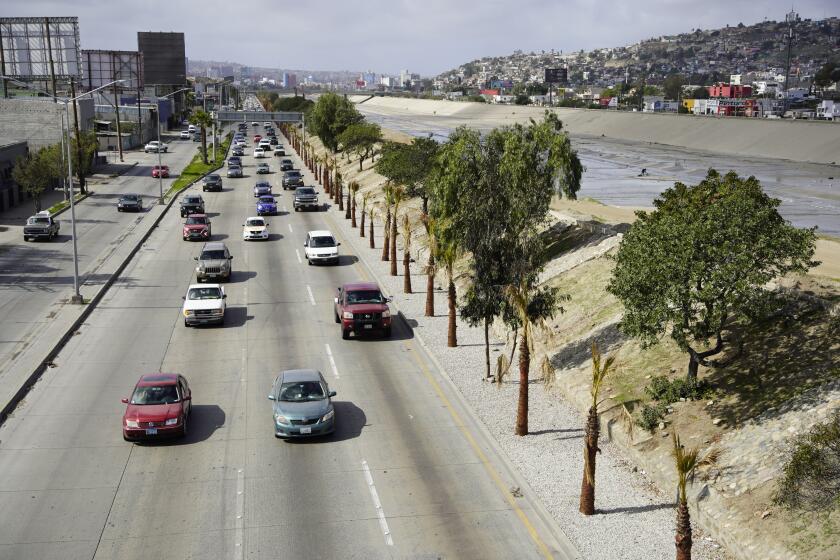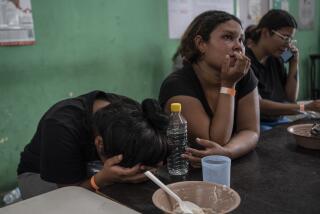Biden administration expands use of Title 42 after moving to end it
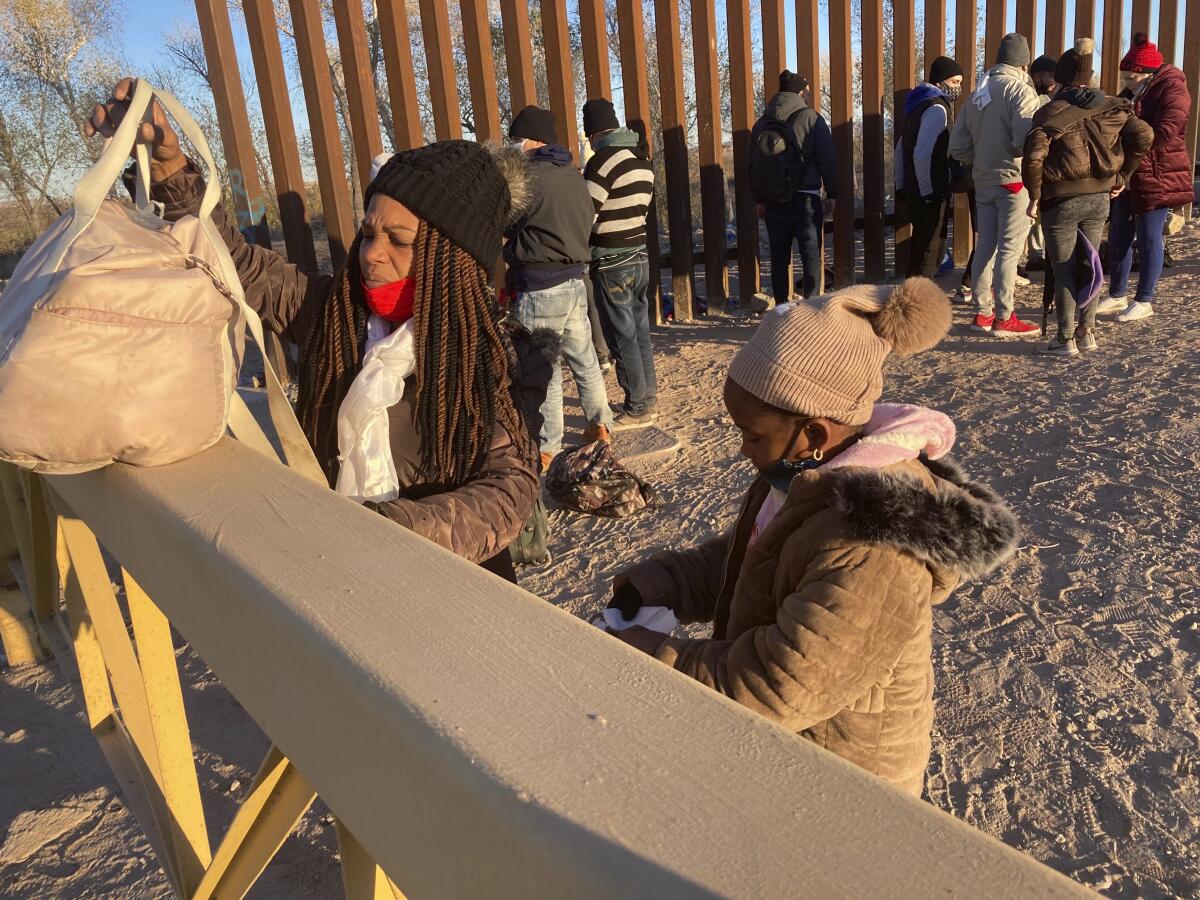
The Biden administration has expanded expulsions of Cubans and Nicaraguans under a controversial Trump-era pandemic policy, even as it argues publicly that it is time to end the practice.
That will include 100 Cubans and 20 Nicaraguans sent back from San Diego to Tijuana daily, a Mexican official confirmed with the San Diego Union-Tribune. A U.S. official told the Associated Press that the same numbers of each nationality will be expelled at two additional locations in Texas as well.
The expulsions are part of a Centers for Disease Control and Prevention order known as Title 42 that gives border officials the power to block asylum seekers and other migrants from reaching U.S. soil at ports of entry and expel them to Mexico or their home countries rather than processing them under normal immigration laws.
U.S. immigration law requires officials to screen migrants who fear returning home through the asylum system to see whether they qualify as refugees. Under Title 42, those screenings are skipped.
Title 42, meant to keep out asylum seekers and other undocumented migrants, is still in effect. But Customs and Border Protection is taking small numbers in through the San Ysidro Port of Entry as exemptions to that policy.
The U.S. has expelled migrants more than 1.8 million times since March 2020.
The additional expulsions of Cubans and Nicaraguans began April 27 and will end May 22, the U.S. official said on condition of anonymity because the agreement has not been made public.
The U.S. and Mexico reached the agreement the day before the expulsions began, according to a high-level Mexican official who spoke on condition of anonymity because they were not authorized to comment publicly. It was prompted by an influx of migrants from those two countries coming to the U.S. border.
Mexico also took into account that the U.S. government had started processing visas in Cuba again, the official said.
The U.S. Embassy in Havana has resumed processing visas for Cubans, on a limited basis, more than four years after stopping consular services in Cuba.
The Department of Homeland Security did not immediately respond to a request for comment.
Human rights organizations have long criticized President Biden for maintaining Title 42 order for so long after he took office. Expulsions often place asylum seekers in dangerous and potentially life-threatening situations in Mexico or their home countries. That includes reports in 2020 of political dissidents being expelled to Nicaragua and having to go into hiding to avoid being imprisoned by the Ortega regime.
Until last month, the CDC maintained that the policy was necessary to slow the spread of the coronavirus, though many public health experts contested the order’s effectiveness even in the early days of the COVID-19 pandemic.
Hollywood stars Leonardo DiCaprio and Mark Ruffalo have joined other celebrities making a final push for voters in Brazil to register before the Wednesday deadline.
The CDC announced that Title 42 would end on May 23, but a federal judge in Louisiana has temporarily blocked that decision from taking effect.
In the aftermath of the CDC’s decision to end its order, Republicans and some Democrats have urged the administration to keep it in place out of concern that more people will come to the United States, explicitly referring to it as a tool to control migration rather than a public health measure.
The Biden administration has frequently adapted its implementation of Title 42 based on who is crossing the border and where. Last year, border officials flew families who crossed in Texas to San Diego so that they could be expelled, and then added expulsion flights directly from Texas to southern Mexico in an effort to deter crossings.
Tijuana is often characterized by a one-dimensional narrative in both Mexico and the U.S. But the metropolis has many sides that rarely get discussed.
The administration has worked to negotiate with countries further south to receive expelled migrants, including a commitment from Colombia to receive Venezuelans after the number of Venezuelans arriving at the U.S. border went up.
Now the Biden administration has moved to do the same for Cubans and Nicaraguans.
More than 32,000 Cubans and 16,000 Nicaraguans were apprehended by Border Patrol agents in March, according to Customs and Border Protection data, the highest counts since the pandemic began. The share of monthly apprehensions for each nationality has also grown since the beginning of the Biden administration — from 3% to 15% of total apprehensions for Cubans and from 1% to 8% for Nicaraguans.
Mexican President Andrés Manuel López Obrador is proposing a dramatic overhaul of the nation’s electoral system and the agency that oversees it.
Most Cubans enter the U.S. in or near Yuma, Ariz., and Del Rio, Texas, while Nicaraguans generally cross in South Texas.
In the past two years, both countries have made headlines for repression and attacks on political dissidents. Cases of people fleeing such political attacks are generally fairly straightforward asylum claims relative to some of the more complex cases from other countries in the region that involve gang or cartel violence.
Until last week, Mexico had officially agreed to take back only its own citizens, Guatemalans, Hondurans and Salvadorans under Title 42. Strained relations with Cuba and Nicaragua, in part because of U.S. criticism of their repression of political dissent, made them less likely to accept expulsion flights.
Tijuana has high highs and low lows, like any border city. Longtime correspondent Sandra Dibble finds this out the hard and easy way in the latest episode of her podcast.
More than half of Nicaraguans and Cubans who crossed the border were expelled in the early months of the pandemic, though CBP data doesn’t specify to where. Since April 2021, more than 90% of Nicaraguans and Cubans have been processed under normal U.S. immigration laws rather than Title 42 after they arrive at the border.
But even those processed under normal immigration laws haven’t always been allowed into the United States. Asylum seekers from both nationalities have been subjected to another Trump-era policy, known as the “Remain in Mexico” program, after a federal judge ordered the Biden administration to reinstate it last year.
Nicaraguans make up the majority percentage of people whom the Biden administration has obligated to wait in Mexico for their U.S. immigration court hearings, according to an April report from the DHS. Roughly 7% of Nicaraguans who were allowed to make protection requests after crossing the border in March were then sent to Mexico under the program.
The Associated Press contributed to this report.
More to Read
Sign up for Essential California
The most important California stories and recommendations in your inbox every morning.
You may occasionally receive promotional content from the Los Angeles Times.
